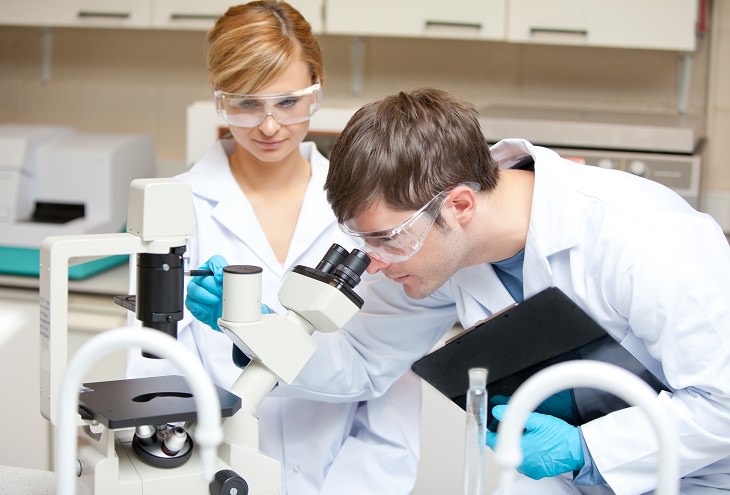Have you ever heard of the interstitium? If your answer to that is a resounding no, then that’s okay, you’re not alone – scientists hadn’t either until recently. But, guess what, you’ve got one! The interstitium is your body’s newest organ.
Scientists were able to identify it for the first time because they are now better able to observe living tissues at a microscopic scale. It had long been believed that the connective tissues surrounding our organs was a thick, compact layer. Well, that’s what they saw when they looked at in in the lab, outside the body, at least.
However, recently, during a routine endoscopy (exploration of the gastrointestinal tract), a micro camera revealed something completely unexpected.
According to pathologist and study author Neil Theise, when observed in a living body, the connective tissue turned out to be “an open fluid-filled space supported by a lattice made of thick collagen bundles.” This network of channels can be found throughout the body and works as a soft, elastic cushion, protecting the organs from external shock as the body moves."
Theise suspects that the sampling procedure that is used to make slides, previously the only method for scientists to inspect the tissue in detail, changed the specimen’s shape. He says that, “just taking a bit of tissue from this space allows the fluid in the space to drain and the supporting collagen bundles to collapse like the floors of a collapsing building.”
Researchers observed tiny cracks in the tissue under the microscope, but they thought those cracks happened when the tissue was pulled too hard as it was loaded onto the slides. “But these were not artifacts,” Theise said. “These were the remnant of collapsed spaces. They had been there all the time. But it was only when we could look at living tissues that we could see that.”
However, the interstitium isn’t just the space between cells. Theise and his researchers believe that it should be reclassified as a proper organ because of its unique properties and structure, which Theise said, are “highly specific and dependent on the unique structures and cell types that form it.”
Better understanding of how the human body works is never a bad thing, but scientists speculate that these useful properties could also work against us, allowing cancerous cells to spread throughout the body.
Theise’s team found that in patients with some types of malignant cancers, cells could leave the tissues where they originated and leak into these channels, eventually contaminating the lymphatic system.
Once they get in, it’s like they’re on a water slide. We now have a new insight into the mechanism of how tumors can spread. Therefore, with further analysis of the fluid traveling across the interstitium, researchers hope that they might be able to detect cancer much earlier than they can today.
Source: sciencealert
Images: depositphotos
 Go to BabaMail
Go to BabaMail






















































